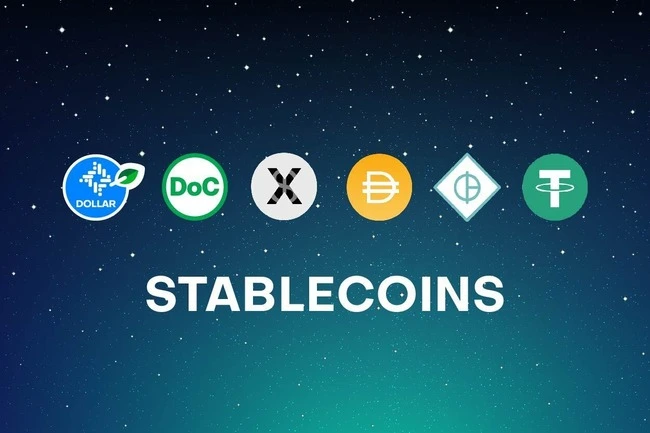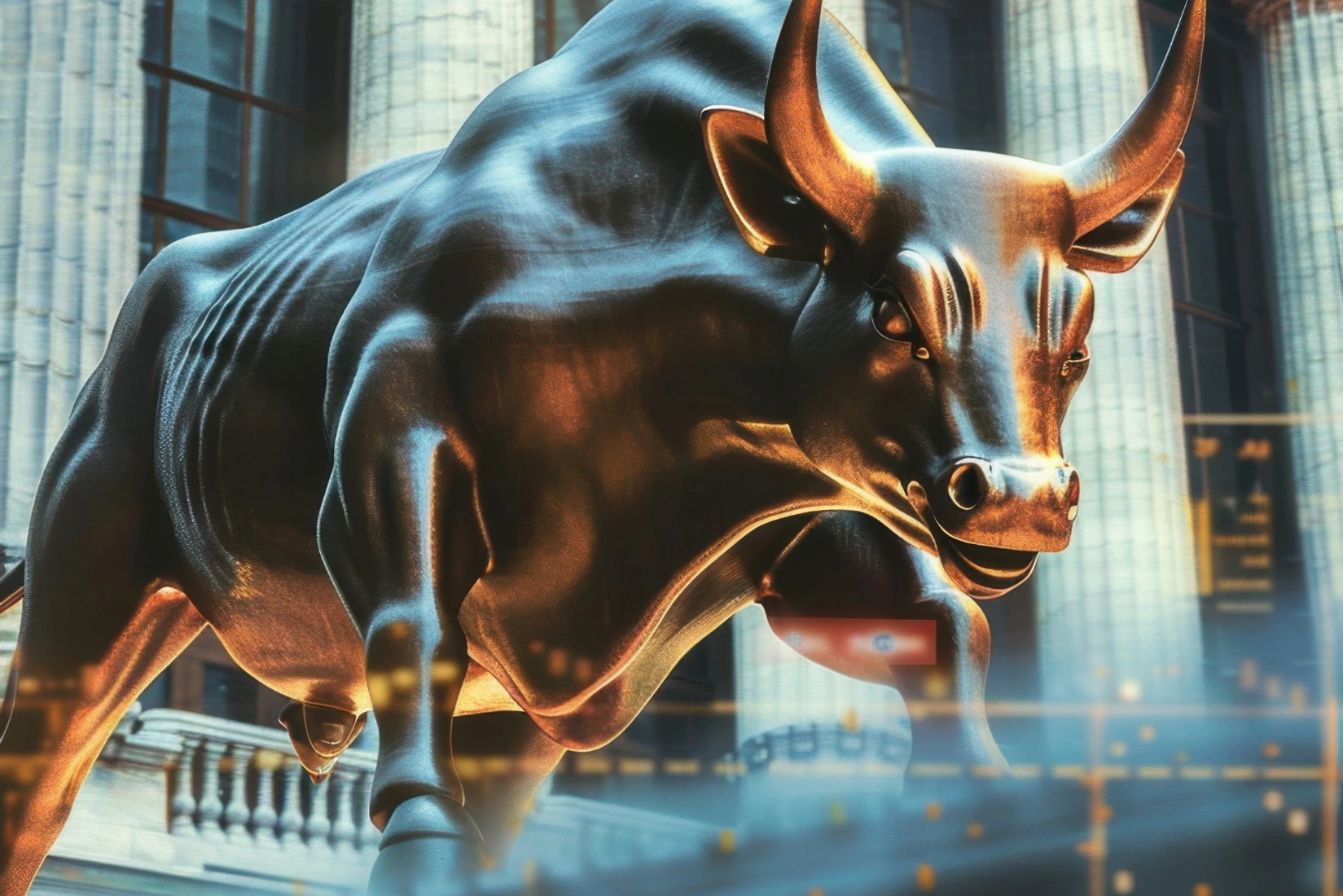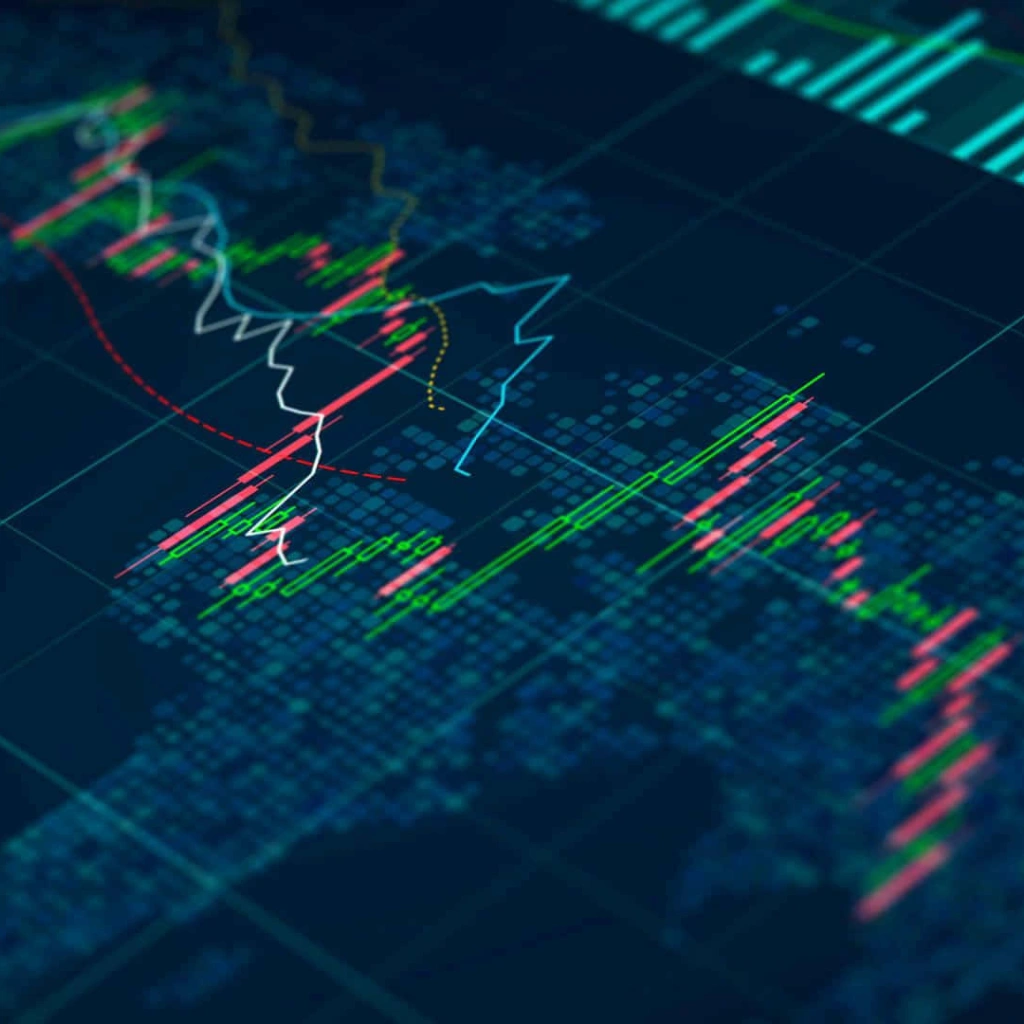Stablecoin Thailand 2025: Are They Really Better Than Banks?
Stablecoin Thailand 2025 like USDT and USDC are quickly becoming more than just tech buzzwords in Thailand. But how do they actually stack up against traditional banking and financial tools Thai investors have used for years?
In 2025, the contrast is clearer than ever—and investors are quietly making their choice. Let’s break it down.

Credit from : Bitcompare
1. Access & Convenience: Stablecoin Thailand 2025 Win on Speed
Traditional banks in Thailand still operate within working hours. Weekends, holidays, and cutoff times limit how quickly you can move funds—especially across borders.
Stablecoins, on the other hand, don’t sleep. A transaction using USDT or USDC can be sent and received within minutes, 24/7, with no intermediary delays.
Even local platforms like Bitkub and Satang now support direct THB-to-stablecoin conversions, giving Thai users near-instant access to digital dollars.
Verdict: If you want faster access and fewer roadblocks, stablecoins are the clear winner.

2. Currency Stability: Stablecoins as a Hedge
The Thai baht has remained relatively stable in the past decade—but 2025 brought more noticeable swings. Whether due to inflation, tourism fluctuations, or global uncertainty, the baht hasn’t been as predictable as many hoped.
USDT and USDC provide a practical hedge. Since both are pegged to the US dollar, they allow Thai investors to “hold dollars” without leaving the country or opening foreign accounts.
Verdict: For those looking to offset baht volatility, stablecoins offer accessible peace of mind.

3. Returns: Banks Offer Safety, Stablecoins Offer Opportunity
Thailand’s savings accounts remain conservative. Typical fixed deposits offer annual interest of 1–2%—safe, but minimal.
Meanwhile, DeFi platforms that accept USDC or USDT continue offering yields in the 4–6% range (variable, of course). While not risk-free, these opportunities appeal to younger investors seeking more than just preservation.
It’s important to note: stablecoin-based earnings are subject to market and smart contract risks. But many still consider the trade-off worthwhile.
Verdict: For higher yield potential, stablecoins come out ahead—but risk management is essential.
4. Legal Status: Regulated… But Watched Closely
Banks are, unsurprisingly, the most regulated financial institution in Thailand. They offer government guarantees on deposits and full legal clarity.
Stablecoins are legal to hold and trade in 2025—thanks to oversight by Thailand’s Securities and Exchange Commission (SEC). But their use for actual payments (like buying groceries) remains restricted.
The government is cautiously observing the impact of digital assets on monetary sovereignty. So while stablecoins aren’t outlawed, they’re not yet accepted everywhere either.
Verdict: Banks offer more clarity and consumer protection. Stablecoins are usable, but carry more regulatory uncertainty.

5. Trust: Institutions vs. Independence
Many Thai investors—especially those aged 40 and up—still place trust in brick-and-mortar banks. Familiar names, government backing, and decades of history go a long way.
But younger users, digital freelancers, and globally connected professionals are drawn to the independence of stablecoins. There’s no need to ask permission or wait for approval. You hold the keys, you move the funds.
It’s a different kind of trust: one that values control over custodianship.
Verdict: Depends on your philosophy. Do you trust institutions—or your own wallet?

Final Comparison: What Thai Investors Are Really Doing in 2025
While banks still dominate day-to-day finance in Thailand, there’s no denying the shift. More investors—especially younger and internationally exposed ones—are integrating stablecoins into their portfolios.
Some use them to park earnings. Others send money abroad. Some just want to move away from fiat altogether.
And unlike in 2021, this isn’t just a trend. It’s infrastructure. It’s habit. It’s a quiet shift in how Thais think about money.
Conclusion: Stablecoin Thailand 2025—An Alternative, Not a Replacement
Let’s be clear—stablecoins aren’t here to replace banks overnight. But in 2025, they offer a real alternative.
Whether it’s to hedge against the baht, earn higher yields, or transact globally without delay, USDT and USDC give Thai investors new tools that traditional finance hasn’t quite matched.
For those willing to learn the landscape and use regulated platforms, stablecoins have gone from optional curiosity to essential asset. Not for everyone—but increasingly, for many.




